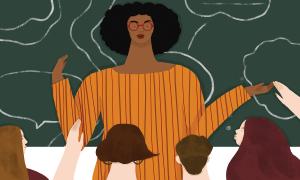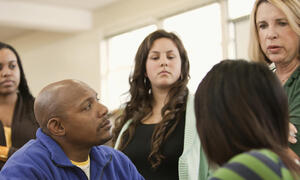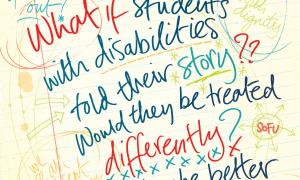professional development
This piece is to accompany The Freedom Riders video and lesson. In 1961, the Civil Rights Movement took another strategic turn. A small group of activists, both black and white, calling themselves the Freedom Riders, decided to travel by bus through the Deep South, where segregation in bus facilities wasn’t just the custom, it was the law, and where the simple act of boarding a bus was enough to put one’s life on the line.






